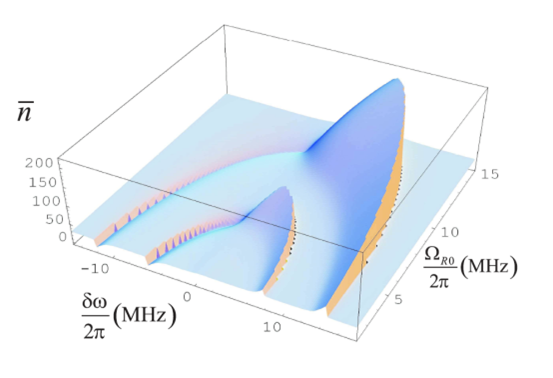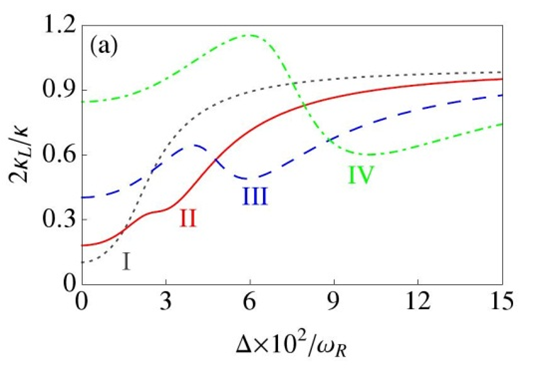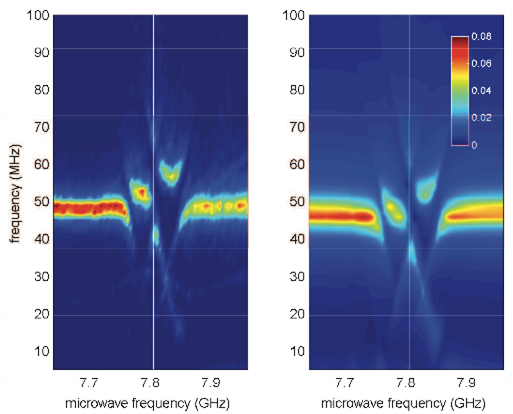B3.3: Quantum Information Processing in Superconducting and Spin Devices
Subproject Leader:
Alexander Shnirman
Institut für Theorie der Kondensierten Materie, KIT
Gerd Schön
Institut für Theoretische Festkörperphysik, KIT
Contributing Scientists:
Present: Stephan André, Valentina Brosco, Jared Cole, Pei-Qing Jin, Michael Marthaler, Clemens Müller, Boris Narozhny, Alessandro Romito, Burkhard Scharfenberger
Past: Jens Michelsen
Quantum Information Devices
Quantum state engineering, i.e., active control over the coherent dynamics of suitable quantum mechanical systems, opens fascinating perspectives for the future of quantum information processing. For this purpose a number of individual two-state quantum systems (qubits) should be manipulated in a controlled way. Nano-electronic devices appear particularly promising because they can be embedded in electronic circuits and scaled up to large numbers of qubits.
Two clearly leading proposals for realization of qubits in nano-electronic devices are Josephson circuits and spins in quantum dots. After initial breakthroughs in 1999-2002 the Josephson qubit technology has reached today a stage where all possible single-bit and many two-bit operations can be performed.
Recently a new field ‘circuit QED’ has emerged where Josephson qubits strongly coupled to microwave resonators are investigated. In circuit QED many effects initially discussed in quantum electrodynamics and atomic physics have been clearly observed, e.g., vacuum Rabi oscillations, ac Stark shift, quantum non-demolition measurements, geometric phases, lasing and cooling.
Lasing and Cooling with Josephson Qubits
Motivated by experiments performed in Jena we considered an ac-driven qubit coupled to a low-frequency LC-circuit. When the qubit is driven to perform Rabi oscillations, with Rabi frequency in resonance with the oscillator, the latter can be driven far from equilibrium. For red detuned driving the qubit cools the oscillator. Furthering the analogies between optical and circuit QED, we also demonstrated Sisyphus cooling and amplification of a low frequency LC oscillator coupled to a near-resonantly driven superconducting qubit [1].
Recent experiments demonstrated lasing of the electromagnetic field in a high-frequency electrical resonator coupled to a single superconducting qubit. The strong coupling between qubit and resonator and the strong decoherence on the qubit have a large effect on the emission spectrum of a single-qubit laser. Specifically, pronounced effects appear when the frequency of the qubit and the resonator are detuned [2]. We showed that this is due to a coupling of amplitude and phase fluctuations of the electrical field, usually neglected in conventional laser theories.
Circuit QED with Nonlinear Resonators
In recent circuit QED experiments, a nonlinear resonator was used to perform a quantum non-demolition measurement of a superconducting qubit. A coherently driven nonlinear resonator can show bistability; increasing the driving strength will lead to switching from a state of low amplitude to a state of high amplitude oscillations.
The switching dynamics are very sensitive to the parameters of the resonator. Since a dispersively coupled qubit shifts the resonator frequency, this can be used for high contrast readout. On the other hand, coupling to the environment, i.e., dissipation will also strongly affect the behavior of the resonator. For this reason, we investigate the effects various kinds of noise on the dynamics of a driven nonlinear resonator.
1/f Noise
Superconducting qubits often suffer from dephasing by 1/f noise in magnetic flux, gate charge or critical Josephson current. It is believed that ensembles of two level systems (TLS) with a wide distribution of relaxation rates provide a proper theoretical description of the noise sources. We investigated [3] the statistical properties of the TLS ensembles and the associated statistics of the coherence decay in Ramsey and echo experiments. We showed that the non-Gaussian effects related to the slowly decaying power-law tail in the distribution function of the coupling strengths is accompanied by the absence of the self-averaging. Thus, the typically observed decay laws are very different form the average ones.
Currently we are investigating the recently discovered source of the magnetic flux noise, i.e., the paramagnetic spins on the surface of the metallic qubit elements. In particular, we are focusing on the fluctuations of the spin susceptibility. Recent measurements showed that this susceptibility, observed as an additional inductance of the superconducting wires, develops fluctuations much greater than its thermal average value. Our preliminary calculations performed on the model of non-interacting Kondo spins reproduce this effect [4].
Interaction Between Phase-Qubits and Two-Level Fluctuators.
Superconducting qubits often show signatures of coherent coupling to microscopic two-level systems (TLSs), which manifest themselves as avoided level crossings in spectroscopic data. TLS are possibly formed by atomic defects residing inside the amorphous layer of the qubits Josephson junction, but their exact physical nature remains unsolved. In close collaboration with the experimental group of A. V. Ustinov we have tried to elucidate the microscopic origin of the TLS as well as characterize their usefulness for QC tasks.
To this end, we studied a phase qubit, in which we induce Rabi oscillations by resonant microwave driving [5]. We also used high-precision spectroscopy data and detailed theoretical modeling to determine the form of the coupling between a superconducting phase qubit and a two-level defect. Fitting the experimental data allows us to determine all relevant system parameters. Using these estimates, we can quantitatively compare several existing theoretical models for the microscopic origin of TLS.
References
|
[1] |
M. Grajcar, S.H.W. van der Ploeg, A. Izmalkov, E. Il’ichev, H.-G. Meyer, A. Fedorov, A. Shnirman, G. Schön, Sisyphus damping and amplification by a superconducting qubit, Nature Phys 4, 138 (2008) |
|
[2] |
S.André, P.Q. Jin, V. Brosco, J.H. Cole, A. Romito, A. Shnirman, G. Schön, Single-qubit lasing in the strong-coupling regime, Phys. Rev. A 82, 053802 (2010) |
|
[3] |
J. Schriefl, Yu. Makhlin, A. Shnirman, and G. Schön, Decoherence from ensembles of two-level fluctuators, New J. Phys. 8, 1 (2006) |
|
[4] |
P. Schad, Diploma thesis 2011 |
|
[5] |
J. Lisenfeld, C. Müller, J.H. Cole, P. Bushev, A. Lukashenko, A. Shnirman, and A. Ustinov, Measuring the temperature dependence of individual two-level systems by direct coherent control, Phys. Rev. Lett. 105, 230504 (2010) |
List of Publications 2006-2011 as PDF
Subproject Report 2006-2010 as PDF



